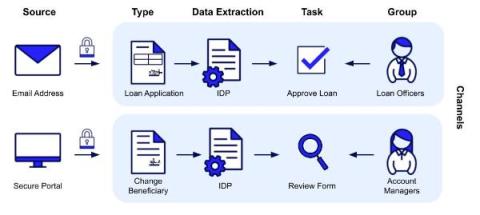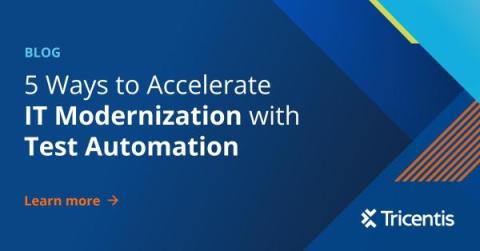Systems | Development | Analytics | API | Testing
Automation
Want to Succeed in the AI Economy? Embrace AI Workflow Automation
What are the benefits of an automated test framework?
Automation for Private API Integrations | A New Era
AI vs. Automation: Decoding the Differences for Business Success
The business landscape is undergoing radical change across industries, driven by artificial intelligence (AI) and automation. This article will differentiate AI and automation, debunk misconceptions, and highlight what business leaders need to know to navigate the challenges of integrating AI and automation across the value chain. So what’s the difference between AI and automation? AI and automation have distinct purposes.
Unlock the Power of Data with AI, Machine Learning & Automation - Do More With Qlik - Episode 48
Key Areas for Automating Your eProcurement Process
Procurement officers in state and local government agencies have a lot of responsibilities, including: It’s a highly strategic role, so it follows that a procurement officer’s time and effort should be spent on decision-making and not on mundane or administrative tasks. Requiring them to focus on tedious tasks like invoice processing is not a good use of their time. It would be akin to expecting a CEO to reconcile receipts against travel reports or to schedule and reschedule meetings.
5 ways to accelerate IT modernization with test automation
The landscape of public sector IT is evolving rapidly, driven by initiatives like the Technology Modernization Fund and an increased focus on digital transformation. However, the shift to modern platforms and applications comes with its own set of challenges, particularly in the realm of testing. Traditional manual testing can be slow, error-prone, and expensive. Here are five ways the right automated testing tools can drive public sector IT modernization and accelerate innovation.
The Financial Advantages of Automated Testing: One Case of Dramatic Cost Savings
Test Automation in the AI Era: Embracing Change to Stay Ahead
In the ever-evolving landscape of software testing, the advent of Artificial Intelligence (AI) has not just been a game-changer; it’s been a paradigm shift. Test automation, once a static process, has metamorphosed into a dynamic and intelligent entity, reshaping how we approach quality assurance.











